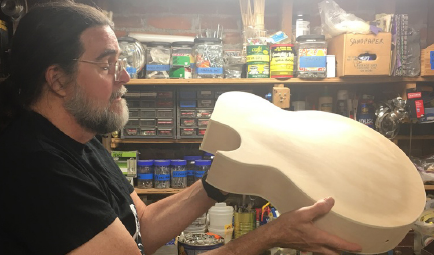
James A. Ferwerda, Snehal A. Padhye, "Visual perception of surface properties through manipulation" in Proc. IS&T 29th Color and Imaging Conf., 2021, pp 66 - 70, https://doi.org/10.2352/issn.2169-2629.2021.29.66

James A. Ferwerda, Snehal A. Padhye, "Visual perception of surface properties through manipulation" in Proc. IS&T 29th Color and Imaging Conf., 2021, pp 66 - 70, https://doi.org/10.2352/issn.2169-2629.2021.29.66